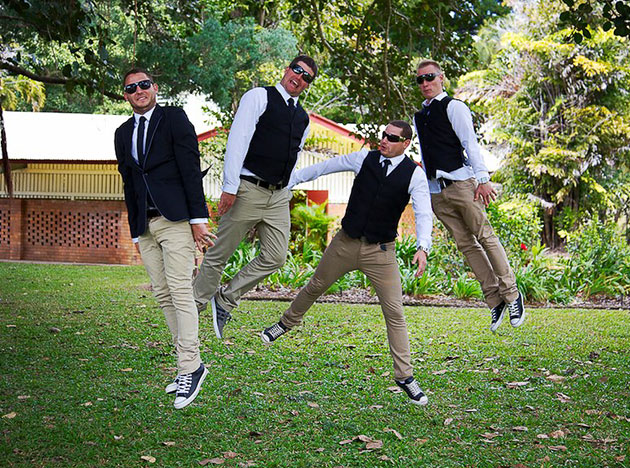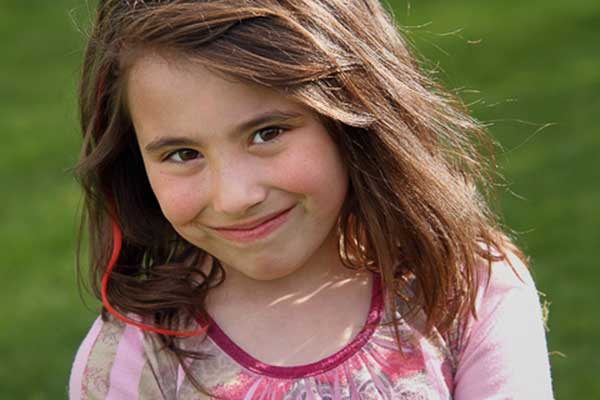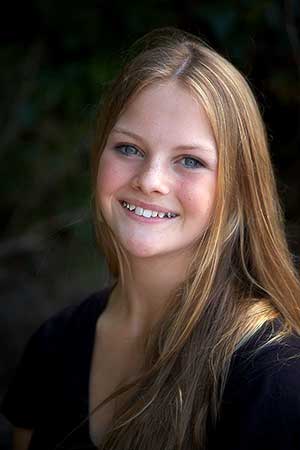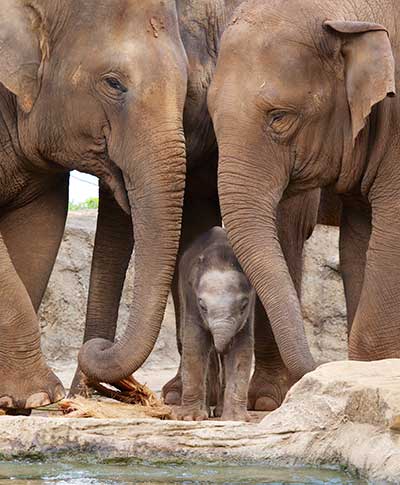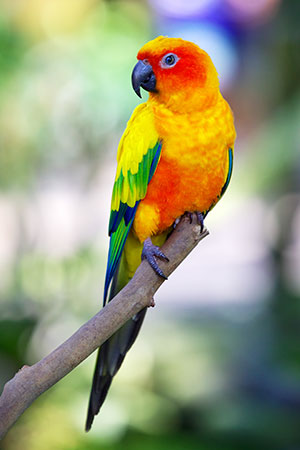tep 3: Point the Camera where you find good light
This is very important step. Do not ignore
this step. Turn on the camera if you have not done it already and point
it towards a subject/object which has sufficient amount of light. Keep
the camera on a stable surface to make sure the composition does not change.
Step 4: Check the Important Camera Settings
Press the disp button which will display current settings in the LCD.

Press the display button to get Camera settings on the LCD screen. Image shown is for Canon Rebel T3i DSLR .
Note: After a few seconds LCD screen display turns off, press disp button to get it back.
You will see too many settings there. As of now, we are interested only in Aperture (F number) and ISO.

Image
on the left shows the Aperture value which is circled in red. Images on
the right shows the ISO value which is circled in red.
If you have never before touched the manual mode, then you
should see F number to be very small like f/2.8, f/3.5, or f5.6. If
not, press Q (Quick Mode) button then traverse to aperture setting with F number. Turn the top dial towards your left until there is no change in F number.

Press
on Quick mode button and use the right arrow to move to Aperture
setting (the F number). Choose the minimum Aperture value for your lens.
If ISO value is 100, which is the least value, then you are good. Otherwise, press Q button then traverse to aperture setting with ISO number. Turn the top dial towards your left until you get the lowest ISO number usually 100.

‘ Press on Quick mode button and use the right arrow to move to ISO setting. Choose the minimum ISO settings possible.
Step 5: Check the Camera Metering indicator
Check the camera metering indicator which displays a dotted line with -3 and +3 on either side of the line.

Camera
Metering mode which indicates if there is enough light or too much
light. Left image indicates that there is less light (underexposure) and
the right image indicates that there is more light (overexposure)
If you half-press the shutter button, you will also notice a blinking indicator
either to the -3 side or to the +3 side of the dotted line. It is fine
whichever way it is currently pointing to since you will learn in few
minutes to deal with it.
Step 6: Press the Shutter button
Press the shutter button. I mean it…just do it.
This is an important aspect of learning. Take action, make
mistakes, learn from mistakes. If you learn only the right way of doing
things, as the time passes, you will be scared to test anything else.
Now let us talk about the picture you took.
You are probably not impressed with what you got. May be it is not what you expected? Let us analyze it then.
Is it very dark? then it is underexposed, because of less light hitting the sensor. It means the meter indicator was towards -3.
If the picture is bright or washed out, then it is overexposed, because of too much light hitting the sensor. It means the meter indicator was pointing towards? you know that.
You might already have solved the problem in your head now. Have you? you know what to do, isn’t it? Do it.
Step 7: Achieving the Proper Exposure
Press the disp button again to get back to the settings on the LCD screen.
If the picture was underexposed or the arrow is pointing
towards -3, then turn the main dial towards your left (counter-clockwise
direction).

The main dial which is used to change Aperture, Shutter Speed and ISO get the perfect exposure.
As you turn it left, you will notice that the blinking
indicator below the dotted line comes closer towards center. Keep
turning the dial in counter-clockwise direction until the blinking indicator hits the center (0 marking) of the dotted line.

Image
on the left shows that there is very less light, which means the
resulting photograph will be underexposed. Image on the right shows the
proper exposure.
If the picture was overexposed or the arrow is pointing towards +, then turn the dial, towards your right (clockwise direction).
As you turn it right, you will notice that the blinking
indicator below the dotted line comes closer towards center. Keep
turning the dial in clockwise direction until the blinking indicator hits the center (0 marking) of the dotted line.

Image
on the left shows that there is too much light, which means the
resulting photograph will be overexposed. Image on the right shows the
proper exposure.
In Steps 6 and 7, you changed the Shutter Speed
to achieve the proper exposure. Shutter speed is represented in
seconds. Generally it will be in fraction of seconds like 1/30 or 1/60
all the way upto 1/4000 or 1/8000.
In all possibilities, you should get the arrow to point to
center unless you have chosen a subject which is way too dark or way too
bright.
Step 8: Make your very first Photograph using Manual Mode!
Press the shutter button now. Did you get the picture what you were longing for?!
Congratulations! on your very first photograph using manual
mode. You have taken control of your camera, there is no turning back
from here.
Stop the timer now. How much time did you take to learn? Was it hard to learn?
Want to get more simple photography tips like this?
 Download Beginner’s Guide to Photography.
Download Beginner’s Guide to Photography.
Did you enjoy this article? Do you want to know about some
other concept that is haunting you from a long time? Let me know in your
comments.
































![Photography Basics – Depth-of-Field (DOF) [Part VI]](http://www.naturephotographysimplified.com/wp-content/uploads/2014/05/Tulip-Garden-Shallow-Depth-of-Field-150x150.jpg?be610b)





